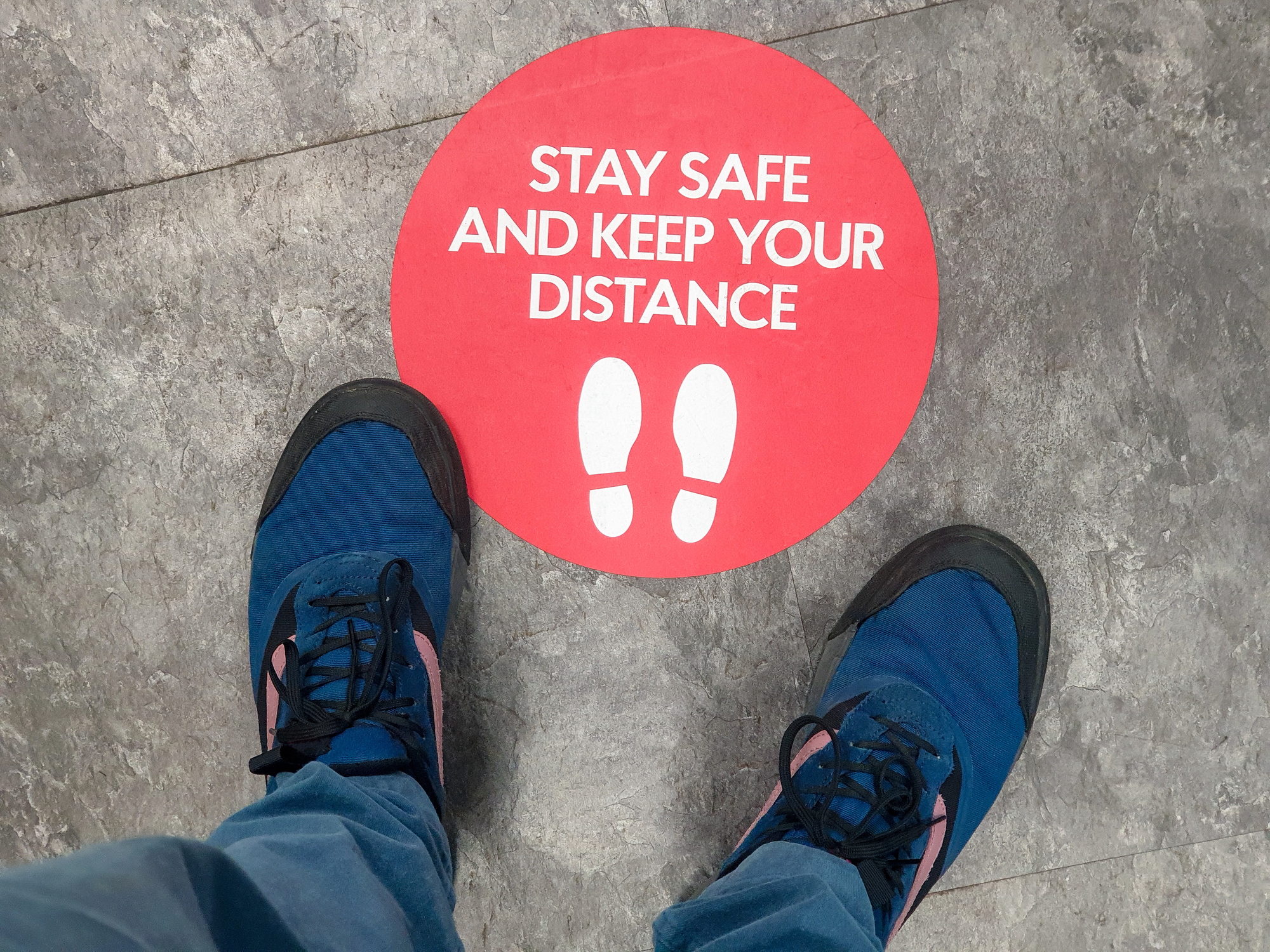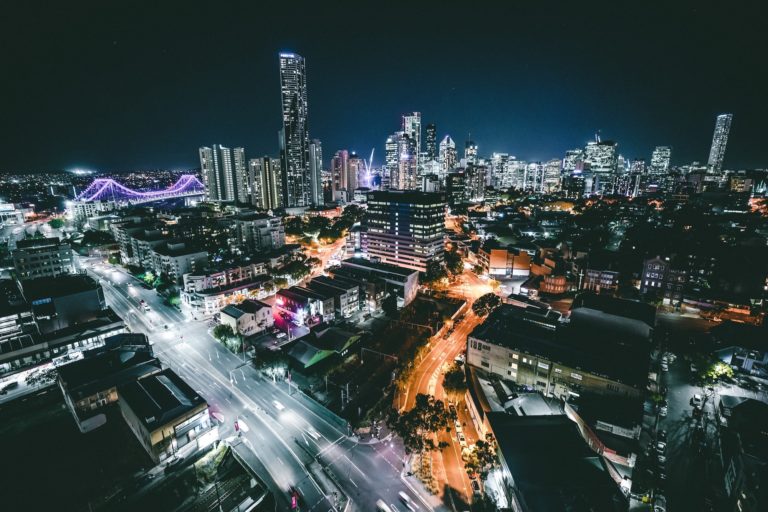
Crisis society and sustainable business
Eighteen months into the COVID-19 pandemic, businesses are contending with a range of emergent challenges—chief among them their fight for survival.
While COVID-19 has certainly challenged Australia’s retail industry, it has also provided opportunities and lessons in new ways to meet customer demand. Since the pandemic’s onset, the sector has experienced volatile revenue, while some fashion retailers have been forced to close their doors temporarily under the pressure of the nation’s restricted trading environment. Despite the difficulties 2020 presented, retailers have also discovered their own resilience, with new opportunities and lessons for meeting customer demand emerging from the chaos of COVID-19.
The retail industry remained the third-biggest industry in the country in 2020, contributing at least $150 billion of revenue and 4.1 per cent of our GDP, with about 125,000 retail businesses in Australia employing 15-17 per cent of the nation’s workforce. In general, the Australian household spending has been declining by 8-11 per cent since COVID-19 pandemic hit the country, and thus greatly impacting some specific sectors in the retail industry.
In late April 2020, the Queensland Government gave the green light for physical retailers to reopen their doors under the public health guidelines. The Shopping Centre Council of Australia (SCCA), National Retail Association (NRA), Shop Distributive and Allied Employees Association (SDA), Pharmacy Guild of Australia (PGA) and Australian Retailers Association (ARA) developed the Recovery Protocol for retailers to reopen their shops. The Protocol contains 10 key actions that physical retailers and shopping centre could take, such as:
It has been challenging to follow the Protocol, especially for the small brick-and-mortar retailers. Some of the compulsory steps, such as the provision of sanitising items, likely incurred extra operational costs, potentially compromising the business’s profitability.

There are, however, new retail opportunities amid COVID-19 damages. In responding to the health and space annexation requirements in this pandemic, many retailers have adopted a mix of click-and-collect (book-and-shop) in their practices and moved their main portfolio into online distribution and/or ecommerce. There has been increased demand on online shopping as the government emphasises physical restrictions, with many Australian retailers establishing ‘dark stores’—while closing some of their brick-and-mortar shops—to handle online shopping demands. A dark store is a warehouse or distribution centre to maintain the online shopping goods and similar to shipping company storage; however, it is owned and managed by the retailer itself. Some giant retailers such as Woolworths and Coles have taken it further, with big investments in technology and automated distribution centres in Sydney and Melbourne.
The pandemic ‘forced’ the market to go online, evidenced by the increase in online and click-and-collect demands nationwide. There will also be more opportunities for small and individual retailers to use platforms such as eBay or Shopify to open their retail business there. Rather than managing a physical store display and layout, retailers will now have to consider managing their online store display and layout. Adopting financial technologies, such as Afterpay and Paypal, allows another opportunity, as these can ease the consumer purchase decision in the online market. Additionally, retailers are also having to manage delivery of goods, by partnering with Australia Post and/or other expedition companies.
One notable trend in the COVID-19 era is the customer movement towards low–cost products. With job cuts, and declining household income due to COVID-19, people want cost-effective products and deals. They are more inclined to purchase from discount stores and actively searching for special deals and offers, and private label products.
Along with product cost, retailers should cut down on mass–scale, expensive promotional efforts—for example, promotion via mass media—and adopt cost-effective promotions, such as social media promotion and digital mobile advertising. It is also recommended to emphasise more special offers and deals in the message than the other aspects of the promotion since customers are looking to save retail purchase expenditure.

Although the retail industry has been shattered in Australia due to COVID-19, it still has hope for a recovery. Brick-and-mortar stores can re-open for business abiding by the public health guidelines recommend by the government. Further, it is advisable for them to increase their online presence and click and collect options and provide price deals and discount merchandise. Moreover, they should emphasise their price deals on their promotional campaigns using social media and digital forms of advertisements that are more cost-effective forms of promotional media.
 Dr Charles Jebarajakirthy is a research focused marketing academic and more interested in researching in the areas of retailing, services marketing and customer behavior. My career objective is to ensure my research supports businesses in enhancing their performance as well as contribute to society to improve social wellbeing. I have currently collaborated with the industry to provide industry-relevant research and consultancy.
Dr Charles Jebarajakirthy is a research focused marketing academic and more interested in researching in the areas of retailing, services marketing and customer behavior. My career objective is to ensure my research supports businesses in enhancing their performance as well as contribute to society to improve social wellbeing. I have currently collaborated with the industry to provide industry-relevant research and consultancy.

Dr Maria Dharmesti is a researcher in the Griffith Institute of Tourism specialising in marketing,, sustainable tourism, hospitality management, Indonesian tourism.

Eighteen months into the COVID-19 pandemic, businesses are contending with a range of emergent challenges—chief among them their fight for survival.

We’ve entered 2021 having lived through unimaginable disruption and facing much more, we might well ask ourselves: Will COVID-19 cause a fundamental reimagining of our relationship with cities?

When it comes to connections with the Pacific islands region, Queensland is the state that can lead the way. By virtue of geography, history, demography, cultural links, sporting connections, Queensland has a wealth of resources to draw on and share to build deep and meaningful relationships with the Blue Pacific continent.